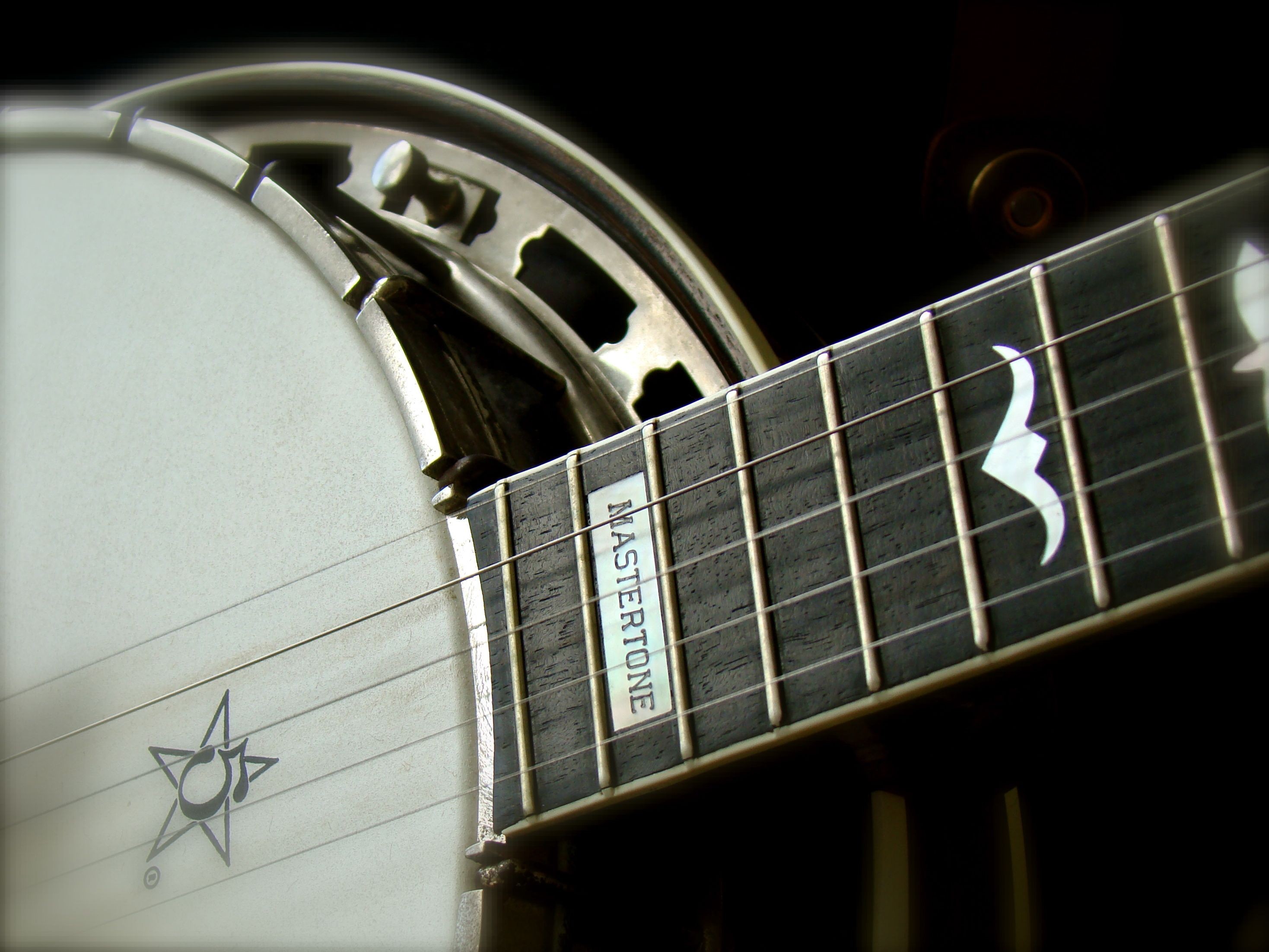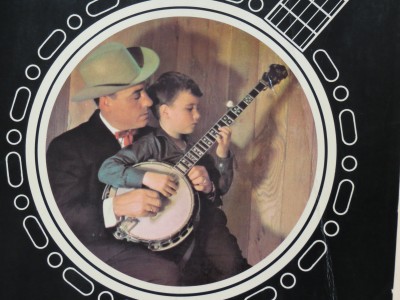Enroll NOW: On-Line Banjo Basics Course Introductory Offer: $59.50 US dollars per year (that’s less than $5/month). Save over 20% off regular price. Offer expires July 31, 2023. Once you enroll, you will be contacted and given a password to access the private website. Enroll now and start learning how to play the banjo. To enroll, click on the PayPal button below; or call 816-224-2330 or email to: banjobarron@sbcglobal.net
![]()
This course is packed with everything you need to start learning how to play the banjo. The course includes 16 videos, printable practice worksheets, FAQ’s, reference diagrams, links, tips and tools, and 12 months of FREE course updates. There are five self-paced lessons available 24/7. Topics include:
- Getting Ready (orientation, tuning, picking techniques with exercises)
- How to read Banjo Tablature
- Proper Counting and Timing
- Playing Six Banjo Rolls
- Playing your first Bluegrass Song
- Click here for more details about each topic: Course Descriptions
- Enroll Now by clicking the PayPal button below.
The proprietary content in this course is fundamental to becoming a good banjo player and creates a wonderful foundation to build your skills. Even though is designed for new banjo players, it is also a good choice for experienced players that want to re-fresh the basic TIMING skills. This is a fun course and even has a skill assessment that you can take anytime. The course is hosted on a private password website and you can have access to a experienced banjo coach to help answer your questions.
With your enrollment, you receive FREE course updates for 12 months. This is a global course and is perfect for any time zone, and for those with busy work schedules that make traditional face to face lessons impractical.
Imagine learning to play the banjo at your pace, on your schedule, at your convenience. On-line learning is to your benefit because you can replay the videos as much as you want. There are many exercises that you can print or view them on-line all for your preference.
This course is designed with the utmost flexibility in mind. It uses proven learning techniques of hearing, seeing, and doing. It is my goal to provide self-paced education that works and is affordable globally. Why not make 2015 your year to start building your banjo skills? It is a happy instrument and I play it because I love the unique sound. Please enroll now by clicking on the PayPal button below.
Any questions please email: banjobarron@sbcglobal.net or Call 816-224-2330.


